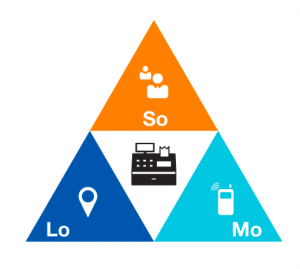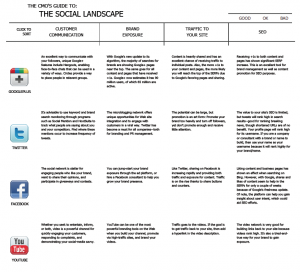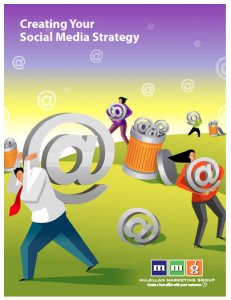Facebook fun can also equal profits
September 4, 2012
It seems like every business is rushing to build a Facebook Page. But once they get it built — they’re not too sure what to do with it.
- Many just ignore it, publishing once a week or less
- Some use it as a sales channel — pushing out deals and wondering why people are ignoring them
- Others share the same links that they share on Twitter
But very few organizations actually have a good time on their page. They don’t trigger conversations with their fans and they sure don’t turn their page over to their customers. But the folks at PostCardMania.com decided to have some fun with their fans.
Early this year, they were trying to come up with some ways to get more of their customers to like their Facebook page. Their CMO was out doing some shopping (every great idea is not born in a brainstorming session!) and spotted those wax lips and wax mustaches that they sell in the candy section. She bought some and took them back to the office.
She was able to convince her CEO that it would be fun to send the lips and mustaches out to a list of customers who had not placed an order within a year as part of a Valentine’s Day effort. In the package was the request that they take a picture of themselves wearing the lips or mustache and post it on the PostCardMania Facebook page wall. Everyone who posted a photo would also get a free book written by the CEO.
500 packages were sent out. They increased their likes by about 50 people and had 20 or so clients add their photos to the wall. They also connected with their customers in a very personal, memorable way that generated a lot of goodwill.
On top of that — within 4-5 days of receiving the package — that list of customers placed over $120,000 worth of orders.
Here’s the takeaways for us in this little case study:
- They never mentioned postcard or direct mail in their communication
- They didn’t put together a long list of rules about what kinds of photos could be posted or who had to be in the photo, etc. They just opened the doors
- There was no coupon, QR code or any sort of offer in the package
This is a great example of creating a love affair with your customer. PostCardMania simply reached out with something fun and invited their customers to take part. There was no hype, spin or sell. They just were having some fun and voila — they sold $120K worth of stuff.
Delight your audience and watch what happens. I dare you.
More


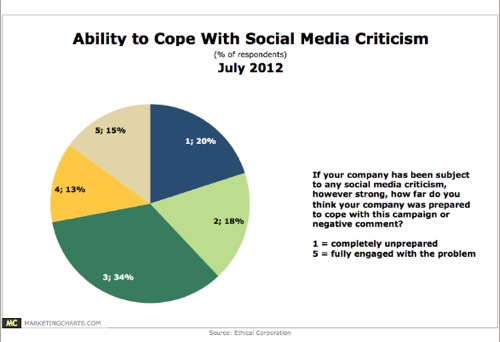



 Blogs, once described as the vehicle for narcissistic over sharers and people who found cats amusing, have certainly come into their own.
Blogs, once described as the vehicle for narcissistic over sharers and people who found cats amusing, have certainly come into their own.

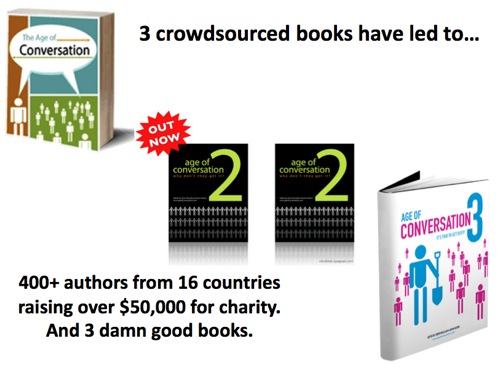

 It seems like one of the goals I hear more and more is… “and we want it to go viral.” I translate that to mean — we want a lot of people to see it.
It seems like one of the goals I hear more and more is… “and we want it to go viral.” I translate that to mean — we want a lot of people to see it.
